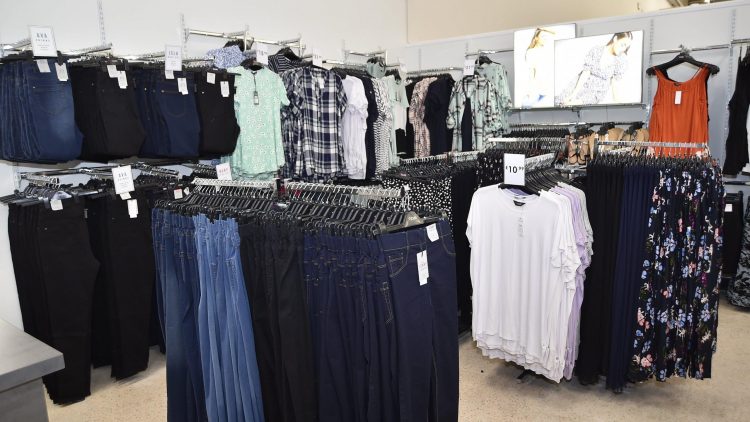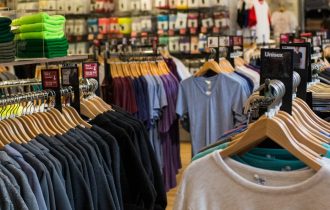The Future of Sustainable Fashion: Innovations and Trends
As the world becomes increasingly conscious of the environmental and social impact of the fashion industry, sustainable fashion has emerged as a pivotal movement towards a more responsible and ethical future. The demand for eco-friendly and socially responsible clothing continues to grow, pushing brands and designers to explore innovative solutions and adopt sustainable practices. In this article, we will explore the future of sustainable fashion, including the latest innovations, trends, and the role of consumers in driving positive change.
Sustainable Materials: Pioneering Eco-friendly Textiles
The future of sustainable fashion lies in the development of eco-friendly materials that minimize environmental impact. Innovations in fabric technology have led to the creation of novel sustainable materials that serve as alternatives to traditional textiles.
One such breakthrough is the use of lab-grown or bioengineered fabrics, such as lab-grown leather and silk. These materials offer the same characteristics and qualities as their conventional counterparts but are produced without the harmful environmental effects associated with traditional animal agriculture.
Another trend gaining momentum is the use of agricultural waste and byproducts to create textiles. For example, fibers made from pineapple leaves, banana stems, and citrus peels are gaining popularity as sustainable alternatives to traditional fabrics.
Circular Fashion: Embracing the Closed-loop System
Circular fashion is a concept that aims to create a closed-loop system, where clothing items are designed, produced, and consumed in a way that minimizes waste and maximizes their lifespan. This sustainable approach involves reducing, reusing, recycling, and upcycling clothing to extend their usability.
Brands are increasingly adopting circular business models that focus on product longevity, repairability, and recyclability. Some brands offer repair services for their products, encouraging consumers to mend and extend the life of their garments. Others have launched take-back programs, allowing customers to return old clothing for recycling or upcycling into new products.
Technology and Innovation: Transforming Fashion Production
Technology continues to play a crucial role in driving sustainability in the fashion industry. Advancements in 3D printing, for instance, have the potential to revolutionize the manufacturing process by reducing waste and optimizing material usage. This technology allows designers to create intricate and customized pieces without the need for excessive production and inventory.
Moreover, artificial intelligence (AI) and data analytics are being utilized to improve supply chain transparency and efficiency. AI algorithms can optimize production schedules, reduce overproduction, and minimize transportation emissions by streamlining logistics.
Conscious Consumerism: Educated Choices for a Sustainable Future
As sustainable fashion gains momentum, consumers are becoming more conscious of their purchasing decisions. They are increasingly seeking transparency in supply chains, demanding eco-friendly materials, and supporting brands that align with their values.
Social media and digital platforms have played a crucial role in spreading awareness about sustainable fashion. Influencers and activists use their platforms to educate and advocate for conscious consumerism, encouraging people to make informed choices that promote ethical and sustainable practices.
Collaboration and Innovation: Industry-wide Efforts
Collaboration and innovation are vital in driving sustainable practices across the entire fashion industry. Industry leaders, designers, policymakers, and sustainability advocates are coming together to address the environmental and social challenges facing the fashion world.
Fashion weeks and industry events are increasingly featuring sustainability-focused segments, showcasing eco-friendly collections and promoting discussions on sustainable practices. These platforms provide opportunities for designers to present their vision for a greener and more inclusive fashion future.
Government Initiatives and Policy Changes
Governments around the world are recognizing the urgency of sustainability in the fashion industry and are taking steps to address its impact. Initiatives range from incentivizing sustainable practices to enforcing regulations that curb harmful practices.
Some countries are implementing eco-labeling systems to help consumers identify sustainable products easily. Others are offering financial support and grants to fashion brands that prioritize sustainability and innovation in their operations.
The future of sustainable fashion holds great promise, driven by innovation, technology, and a growing demand for eco-friendly and ethically produced clothing. Sustainable materials, circular fashion, and conscious consumerism are key pillars that will shape the industry’s path towards a greener future.
Collaboration between industry stakeholders, governments, and consumers is crucial in driving positive change and promoting responsible practices. By adopting sustainable principles and making conscious choices, the fashion industry can move towards a future where style and ethics coexist harmoniously, leaving a positive impact on the planet and its people. As we move forward, the possibilities for sustainable fashion are limitless, and with continued efforts, the industry can pave the way for a more sustainable and ethical fashion ecosystem.











